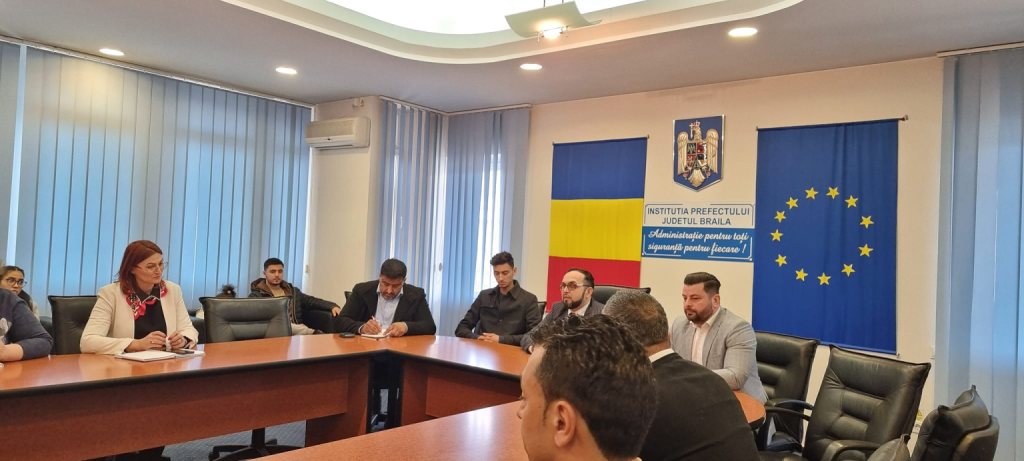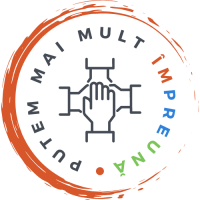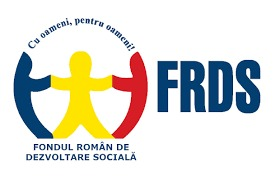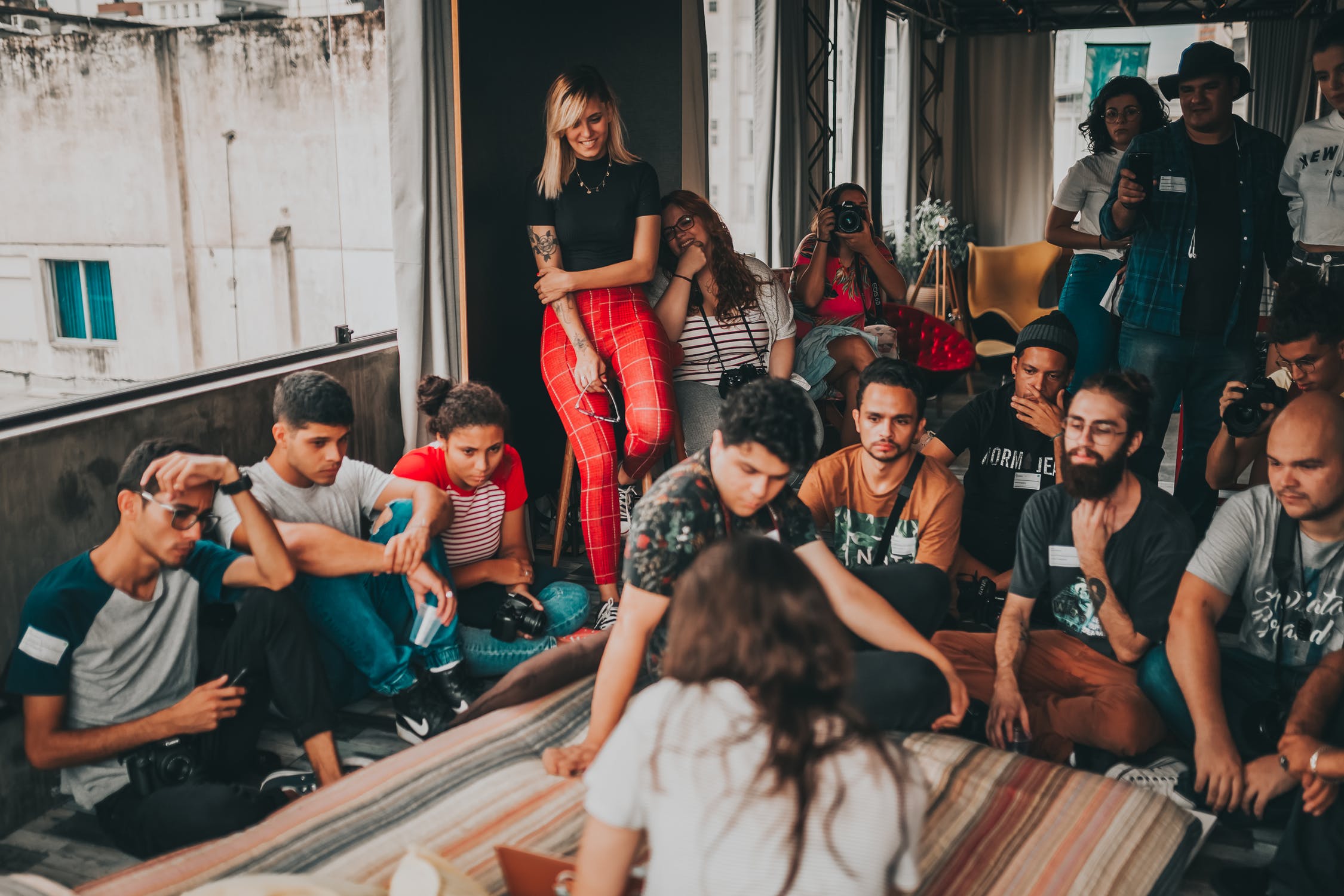
Developing the Virtual Museum of Roma and promoting it
Many times, our history, that of our ancestors, is overlooked, and the acts of hatred and discrimination are forgotten. To mark this devastating period of history (the 500 years of slavery, the Holocaust, the deportation to Transnistria), but also to establish a pillar for future generations, the "Împreună" Agency together with its partners founded the Virtual Museum of Roma Culture.
On February 20th, marking of 167 years since the Enslavement of Roma in Wallachia, a day that reminds us of the stories, most of the times untold or unknown, of our Roma ancestors, we gathered at Oprescu House in Bucharest, where the launch of the first Virtual Museum of Roma Culture took place.
The museum platform is an interactive one, through which the user can visit a multitude of halls or virtual spaces that reflect the values of traditional and modern Romani culture.
The historical elements that can be found in the museum's collections are:
- the tragic history of Roma in Romania (slavery, the holocaust, cultural assimilation during the socialist regime, contemporary anti-Roma racism);
- romano ancestral ethnotype and the process of its modernization;
- Rromanipen in absolute value;
- the culture of internalised stigma;
- the historical process of civic and cultural emancipation of the Roma after their liberation from slavery until now;
- the projection of the Roma into the future;
- the process of building the non-territorial and cross-border Romani nation.
Even if it is virtual, the museum leads us in distant times in order to better understand the experiences and history of our ancestors, but also to celebrate our culture and community. Surely this museum is a pillar in the efforts to preserve our history and cultural elements for future generations.
In order to promote this virtual museum, together with our partners we organized a series of awareness campaigns and cultural caravans in the 40 communities through which we presented information about the history of our community, as well as about our culture and identity in order to reduce stereotypes and prejudices. During the caravan, debates were also organized on different topics approached by the museum and the exhibition with Roma personalities was presented.
This initiative would not have been possible without the help of our partners: the Romanian-Kher National Center for Roma Culture, the Amare Rromentza Roma Center Association, the Marginalized Communities Association, Botosani, the Făgăraș Roma Association, the DANROM Făurei Association, the Buzău Community Development Agency Association and the Ursari Roma Association in Dagâța.
The Virtual Museum of Roma Culture can be accessed here: https://romanomuseum.com/ https://romanomuseum.com/


Organizing debates on the contribution of Roma culture and identity to the development of Romania
Within this activity, 3 debates were organized in Bucharest on the contribution of Roma to Romania's development. These debates had the role of bringing together Roma and non-Roma experts, leaders, professionals, academics to promote the change of discourse on Roma, respectively diminishing the approach of Roma as a 'social group' and spreading the Roma approach as a national minority with rights and responsibilities.
Topics covered during the debates:
- Roma as a national minority
- Promoting Romanian culture
- Interculturalism
- Representation of the Roma at the political level
- Measures to combat discrimination and segregation
Campaigns to promote Roma culture and identity
Promoting Roma history through cultural caravans in 40 communities In the public space there is too little talk about us, about the culture, values and traditions of our community. This motivated us to bring, through the project "We can do more together", this part of us in over 40 communities in the counties where we work. The "Roma Cultural Caravan" stopped in each community, and our partners talked about our history and traditions. In addition to the presented materials and the discussions they took part in, the school students and teachers had the opportunity to watch in premieres the content of the Virtual Museum of Roma, a unique initiative in the world and organized debates on different topics addressed by the museum.
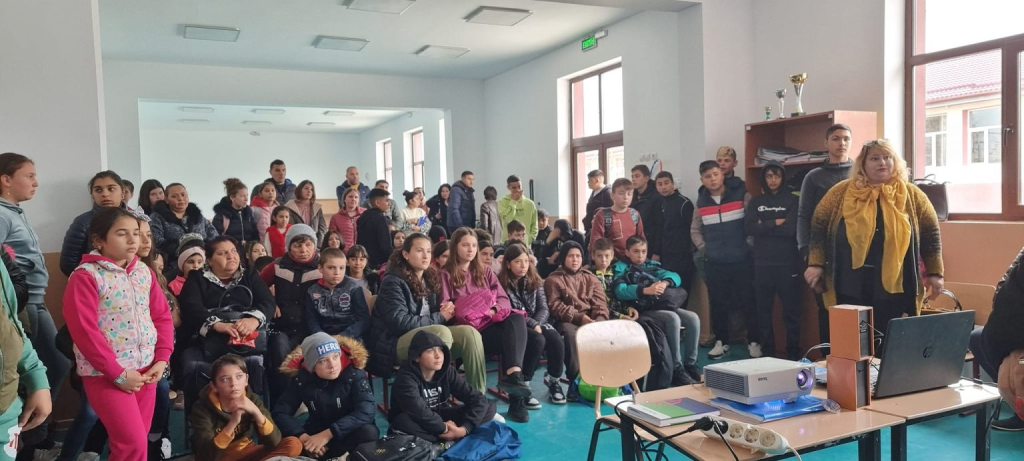
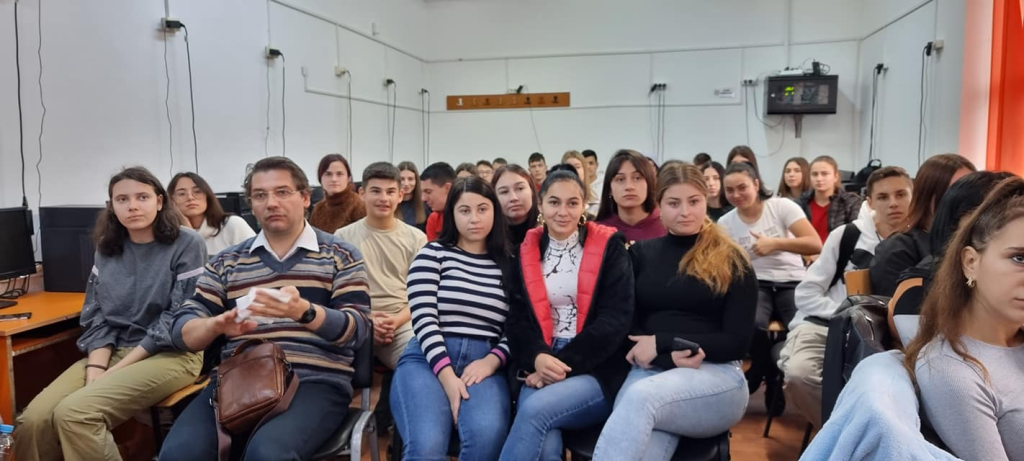
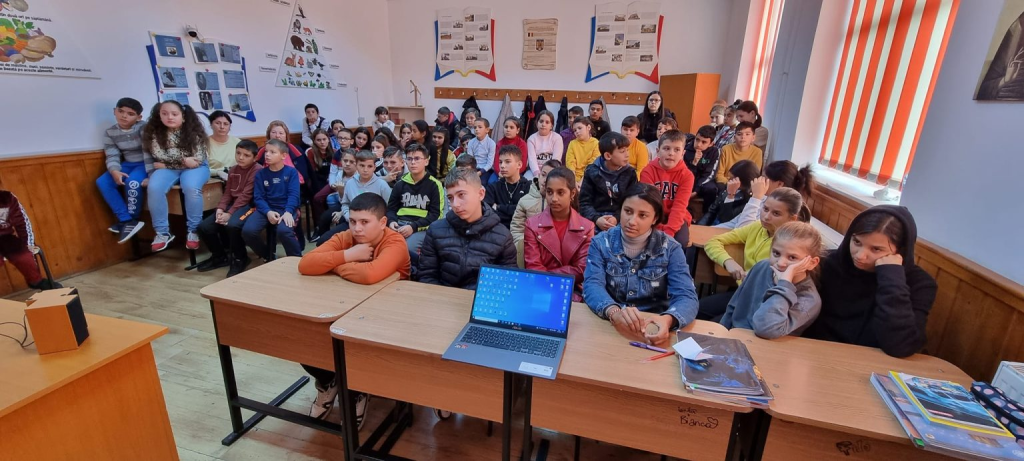
Public debates to influence public policies
Debates are an important pillar of a democratic society and sustainable development. Within this part of our project, "We can do more Together" took place a series of meetings at county level in recent months, during which the needs of Roma communities and solutions for them to be addressed were debated, including through strategic documents at county and / or regional level.
Evenimentele de închidere a proiectului
Now, at the end of the project, a series of conferences were held at the level of each county in which the project "We can do more together" was implemented. During these meetings, actors involved in the implementation of the actions met in order to share the results at the community level as well as of each one of them, examples of good practices and feedback. There were also the debriefing sessions in which were discussed the points could be improved at the community level.
Only together, with everyone's effort, we can make a difference in our communities to build an inclusive and friendly future for everyone!
